Complexity Tour via Chemistry-Pharmacology-Toxicology Bridge
Complexity Theory, Chemistry as Multidisciplinary Science, Pharmacy Program Goals, Merits of Evidence-Founded Toxicology
3.30 (5 reviews)
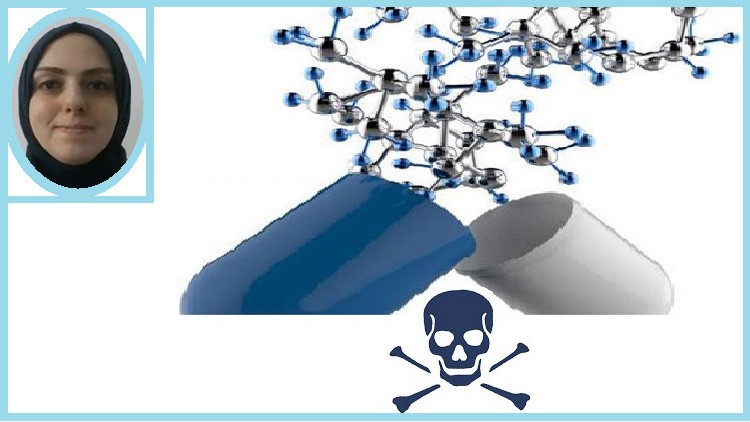
1,467
students
1 hour
content
Apr 2024
last update
$19.99
regular price
What you will learn
Complexity Theory
The function of the discovers and inventors
The Significant Goals of Pharmacy Program
Chemistry as a Multidisciplinary Science
Physicochemical characteristic space
The Substantial Function of Intermolecular forces (IMFs)
Types of Weakened Interaction
The Chemical Path Aspiration
Drug Receptors and Binding: A Considerable Journey
Medicalization versus Pharmaceuticalization
Merits of Evidence-Founded Toxicology
The Fruitful Evolution of Complexity Theory via (Medicinal Chemistry-Pharmacology-Toxicology) Approach
Anyway, this course material contains forty-five (45) resources.
Why take this course?
🧬 **Dive into the Complexity Tour via a Chemistry-Pharmacology-Toxicology Bridge**
## Background of the Course
Unlocking the Secrets of Healthcare Advancements: The 20th century marked significant progress in combating infectious diseases. Our modern healthcare system now seeks innovative therapeutic interventions that can drastically improve patient outcomes. The integration of advances in computer sciences, chemistry, and molecular biology has equipped toxicology with a robust set of modern tools. This course delves into the intricate relationship between chemical agents, their targets, and the subsequent biological responses, particularly those involving specific receptor binding.
## The Aim of Course
Multidisciplinary Synergy in Medical Chemistry: This course aims to explore how complexity theory, alongside interdisciplinary approaches, can shed light on the complexities within Medicinal Chemistry, Pharmacology, and Toxicology. We will discuss the implications of these insights for academic teaching and future research directions. By connecting chemistry content with professional practices, we aim to enhance our ability to critically evaluate risks and identify significant changes in medical care over our lifetimes.
## Course Questions
Challenges and Opportunities: The successful completion of this curriculum prompts critical questions about the future of medicine and our role within it. How can we ensure that our scientific approaches remain effective and innovative? What are the potential dangers that come with technological advancements, and how prepared are we to adapt? This course will address these questions, offering a comprehensive view of how complexity theory can guide us in addressing these multifaceted challenges.
## Significance of the Course
Strategic Leadership in Medicine: The role of scientists and inventors is not to micromanage every aspect of innovation but to steer the overall strategy. This course will showcase how complexity theory can be a guiding light for healthcare professionals facing their most perplexing challenges, offering a framework for developing interventions that can enhance patient care.
## Method and Outline
Complexity Theory in Healthcare: We will explore how primary care exercises can be viewed as complex adaptive systems and the potential advantages of applying complexity theory to improve healthcare interventions. The course will also discuss the importance of interprofessional teaching within pharmacy education and how medicinal chemists fit into this multidisciplinary landscape.
## Discussion
Interdisciplinary Collaboration in Pharmacy: Interprofessional education is a cornerstone of modern pharmacy curricula, as expected by accreditation standards. This course will examine the role of medical chemistry as a multidisciplinary field and how it has evolved over the past two decades, emphasizing the importance of stereogenic atoms and sp3-hybridized structures in drug development.
## Results and Conclusion
Advancements in Drug Design: The course will highlight how an increased focus on stereogenic centers and sp3-hybridized structures from commercial sources can enhance binding frequency and selectivity, paving the way for more effective medications. We will also touch upon the future of electronic devices at the molecular level and their potential applications in medicine.
## Future Work and Recommendation
Innovating Beyond Current Paradigms: The course will conclude with a look toward future research, emphasizing the importance of selecting either structurally diverse compounds or various subsets from larger libraries to optimize drug discovery processes. We will also explore how monitoring functional missions can help estimate intervention fidelity and inspire positive deviance in healthcare practices.
## Key Words: Complexity Tour; Chemistry; Pharmacology; Toxicology; and Bridge
Join us on this comprehensive journey through the interplay of chemistry, pharmacology, and toxicology, as we bridge the gap between disciplines to foster a deeper understanding of healthcare's complexities. 🔬💊🚀
Screenshots

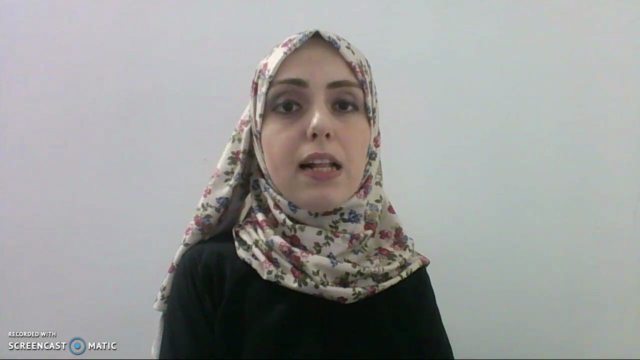
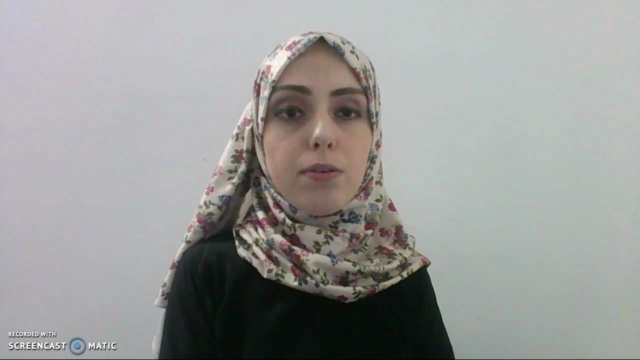

Charts
Price
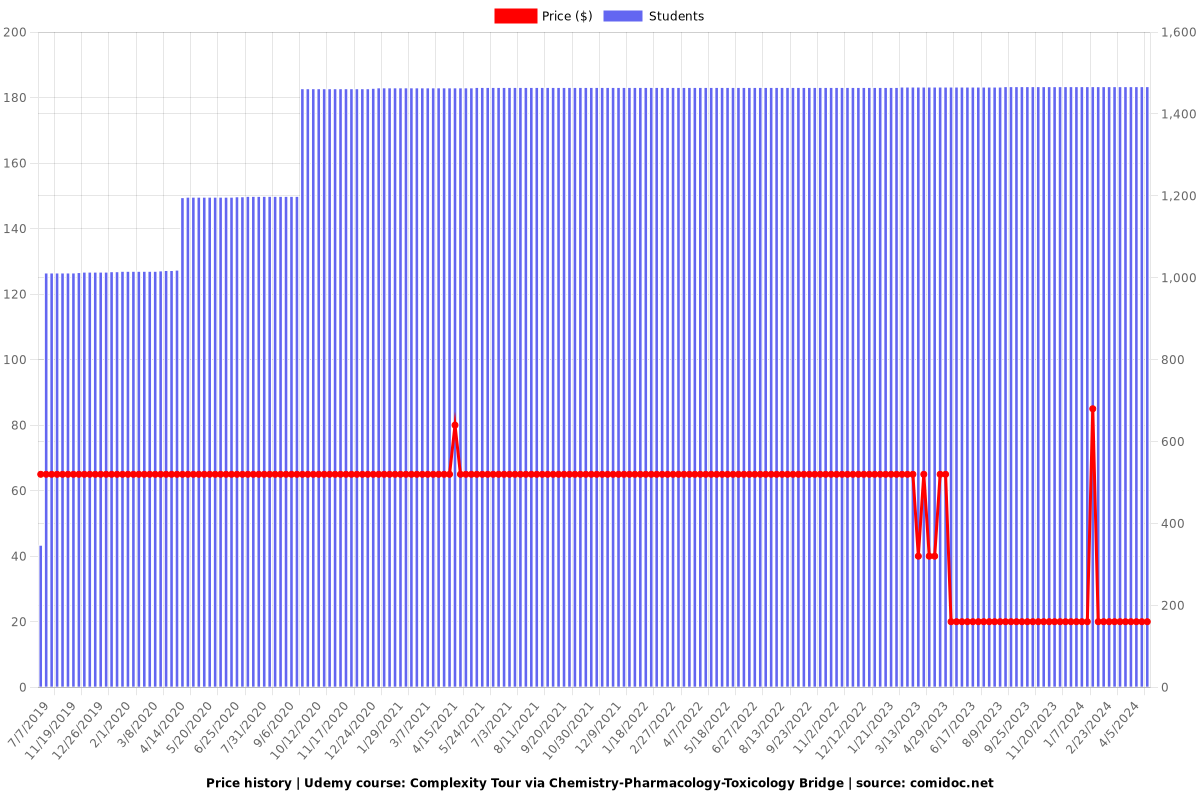
Rating
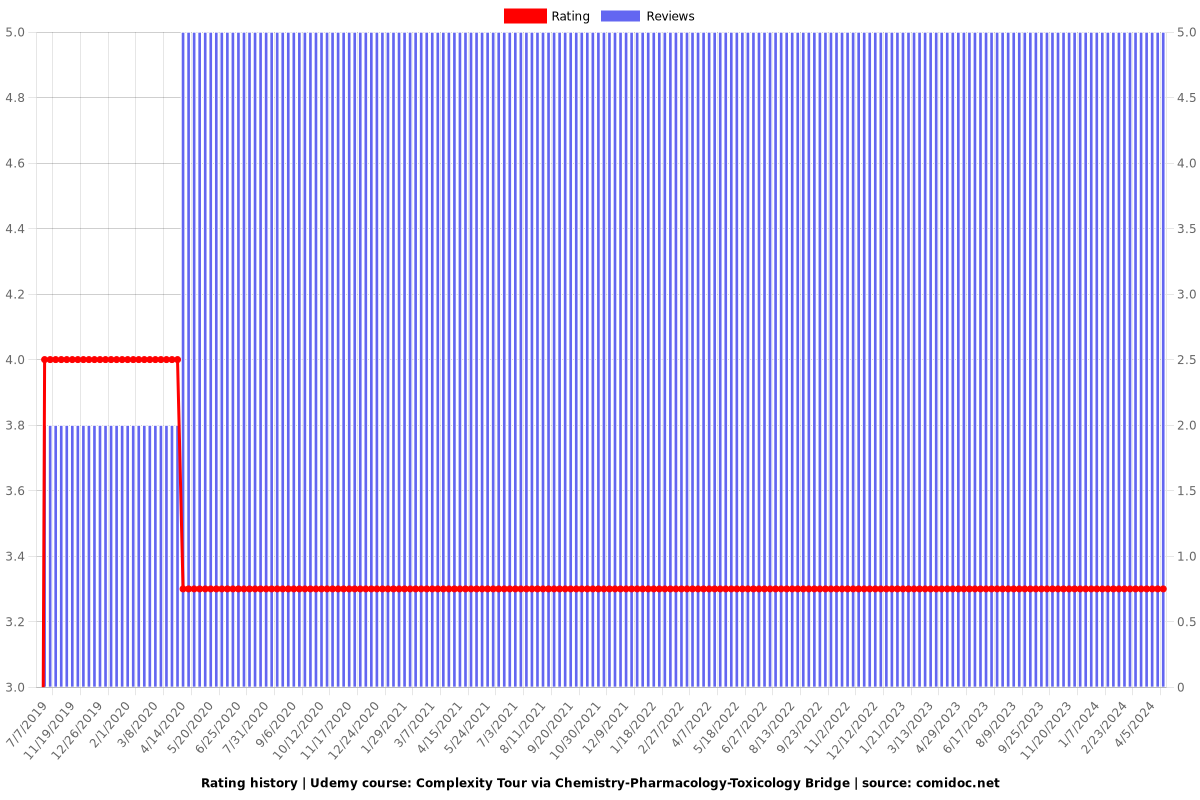
Enrollment distribution
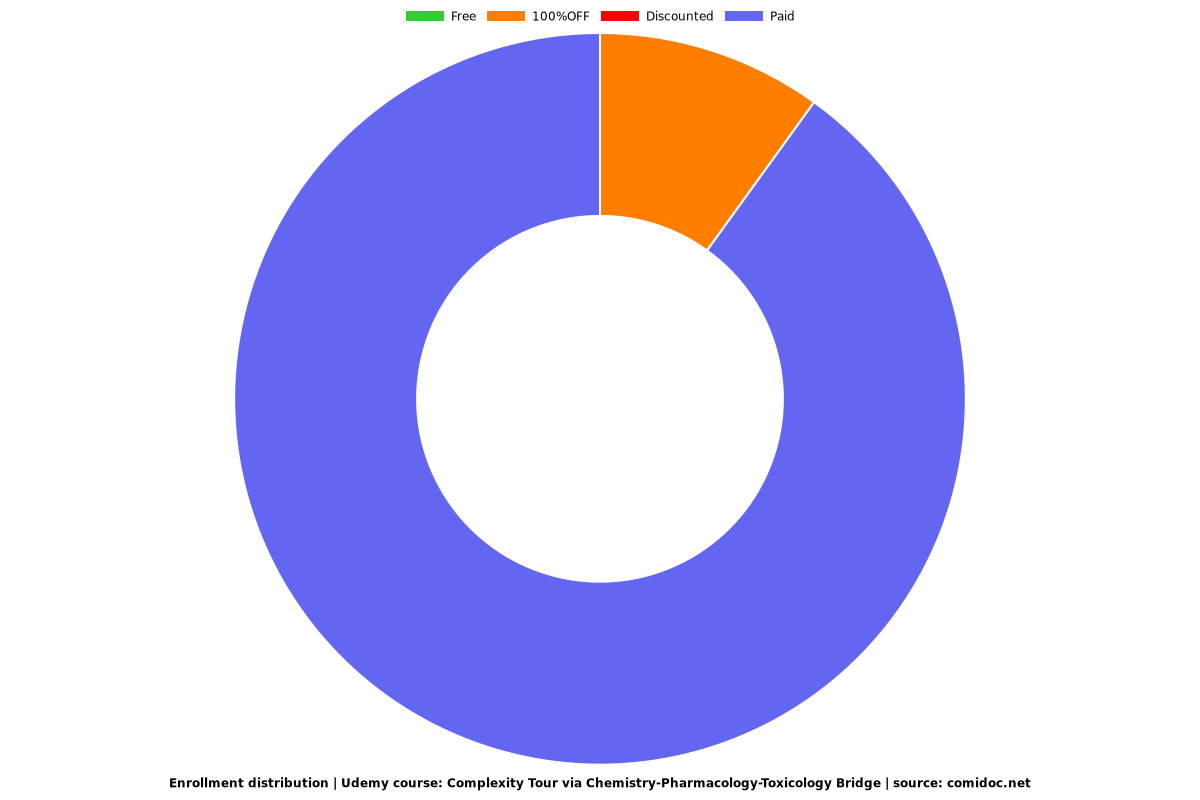
1980736
udemy ID
10/21/2018
course created date
7/7/2019
course indexed date
Bot
course submited by